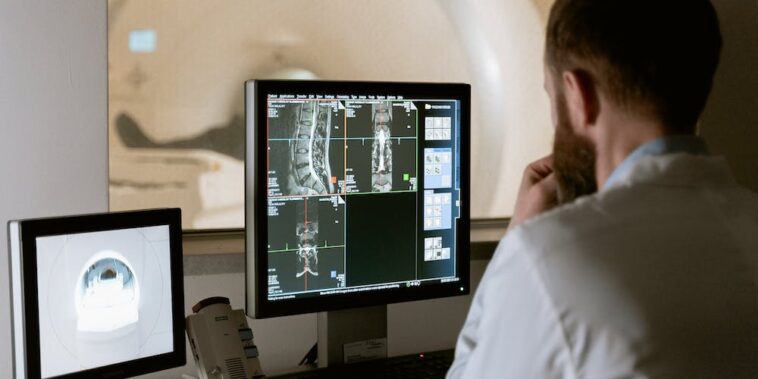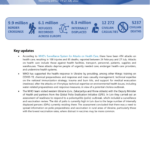
Medical imaging has revolutionized the way doctors diagnose and treat various medical conditions. Radiology advancements have played a vital role in improving healthcare outcomes by providing doctors with more accurate, detailed, and timely information than ever before. In this article, we will explore the latest developments in medical imaging, diagnostic tools, and radiology advancements that are making healthcare more efficient, effective, and accessible.
What is Medical Imaging?

Medical imaging refers to technologies and techniques used to visualize human anatomy and physiology for medical diagnosis and treatment. It encompasses a broad range of modalities, including X-ray, ultrasound, magnetic resonance imaging (MRI), computed tomography (CT), positron emission tomography (PET), and single-photon emission computed tomography (SPECT).
Radiology Advancements in Medical Imaging

Radiology advancements have been significant in improving the accuracy and speed of medical imaging. Here are some of the recent technological advancements in radiology:
Artificial Intelligence
Artificial intelligence (AI) has become an essential tool in medical imaging. AI algorithms can detect abnormalities in medical images faster and more accurately than human radiologists. AI-powered diagnostic tools help doctors identify subtle changes in medical images that would otherwise go unnoticed, leading to earlier diagnosis and treatment.
3D Printing
3D printing has revolutionized medical imaging by allowing doctors to create 3D models of human organs from patient scans. These models help to improve surgical planning, especially for complex surgeries. They also help doctors communicate with their patients about their condition and treatment options.
Virtual Reality
Virtual reality (VR) technology has expanded the possibilities of medical imaging beyond traditional 2D images. VR allows doctors to view and interact with medical images in a three-dimensional space, providing a more immersive and intuitive experience. This technology can be particularly useful in surgical planning and medical education.
Diagnostic Tools in Medical Imaging
Diagnostic tools in medical imaging are continually evolving, and here are some of the latest developments:
Contrast Agents
Contrast agents are substances that enhance the visibility of internal structures during medical imaging. Gadolinium, for example, is a contrast agent used in MRI scans to improve the clarity of images. Newer contrast agents are being developed that can target specific tissues or cells and provide more detailed information about their physiology.
Digital Pathology
Digital pathology involves the conversion of glass slides into digital images for analysis, storage, and sharing. This technology allows doctors to collaborate on diagnoses remotely and facilitates research into various diseases’ cellular mechanisms.
Molecular Imaging
Molecular imaging is a technique that visualizes the molecular and cellular processes in living organisms. It helps physicians to diagnose and monitor various medical conditions, including cancer, heart disease, and neurological disorders. This technology has the potential to detect diseases at an early stage when treatment is most effective.
Conclusion

Medical imaging, diagnostic tools, and radiology advancements have transformed healthcare in recent years. These technologies have improved patient outcomes by providing doctors with more accurate and detailed information about their patients’ conditions. The future of medical imaging looks promising, with new developments in AI, 3D printing, virtual reality, contrast agents, digital pathology, and molecular imaging. As these technologies continue to advance, we can expect to see even more significant improvements in healthcare outcomes.



